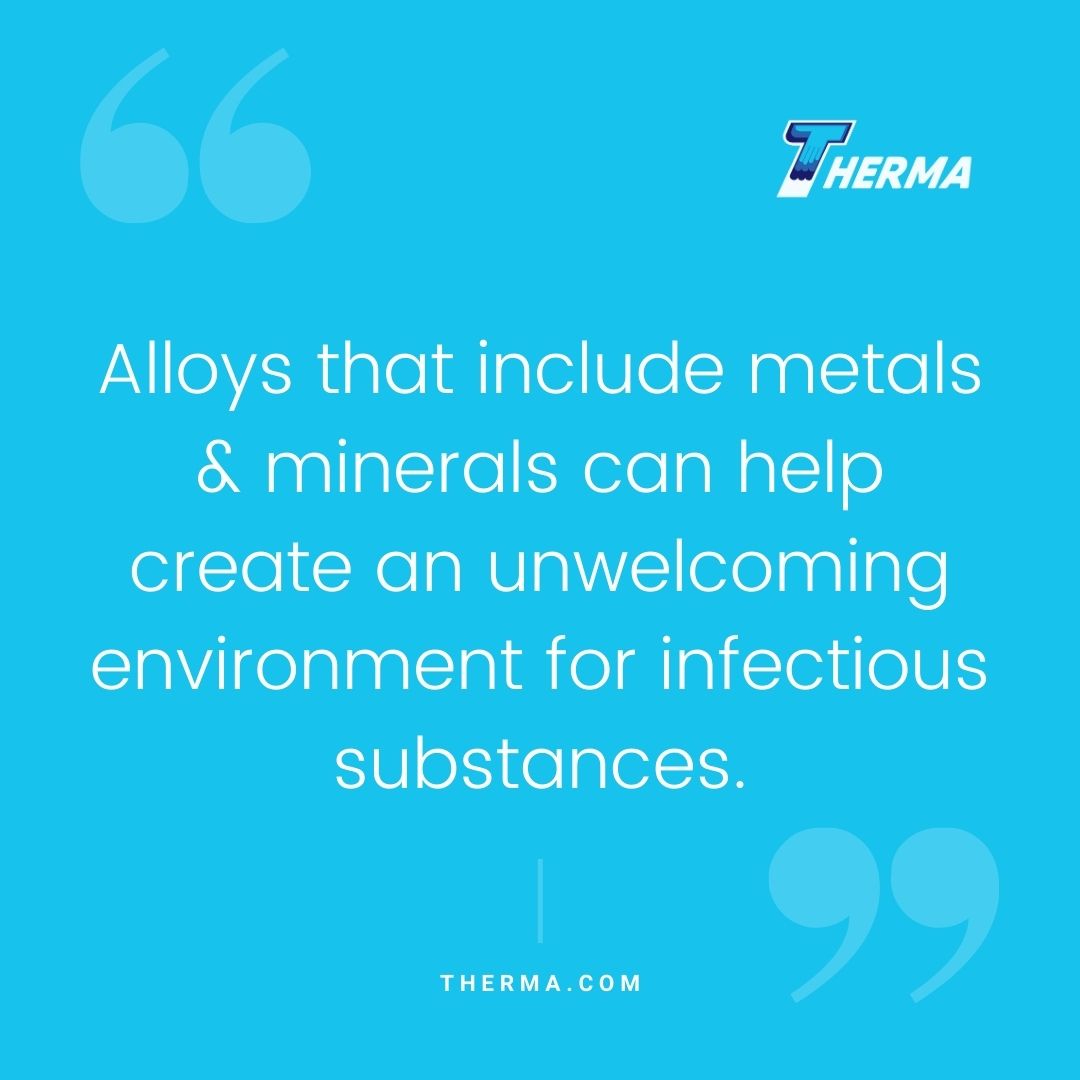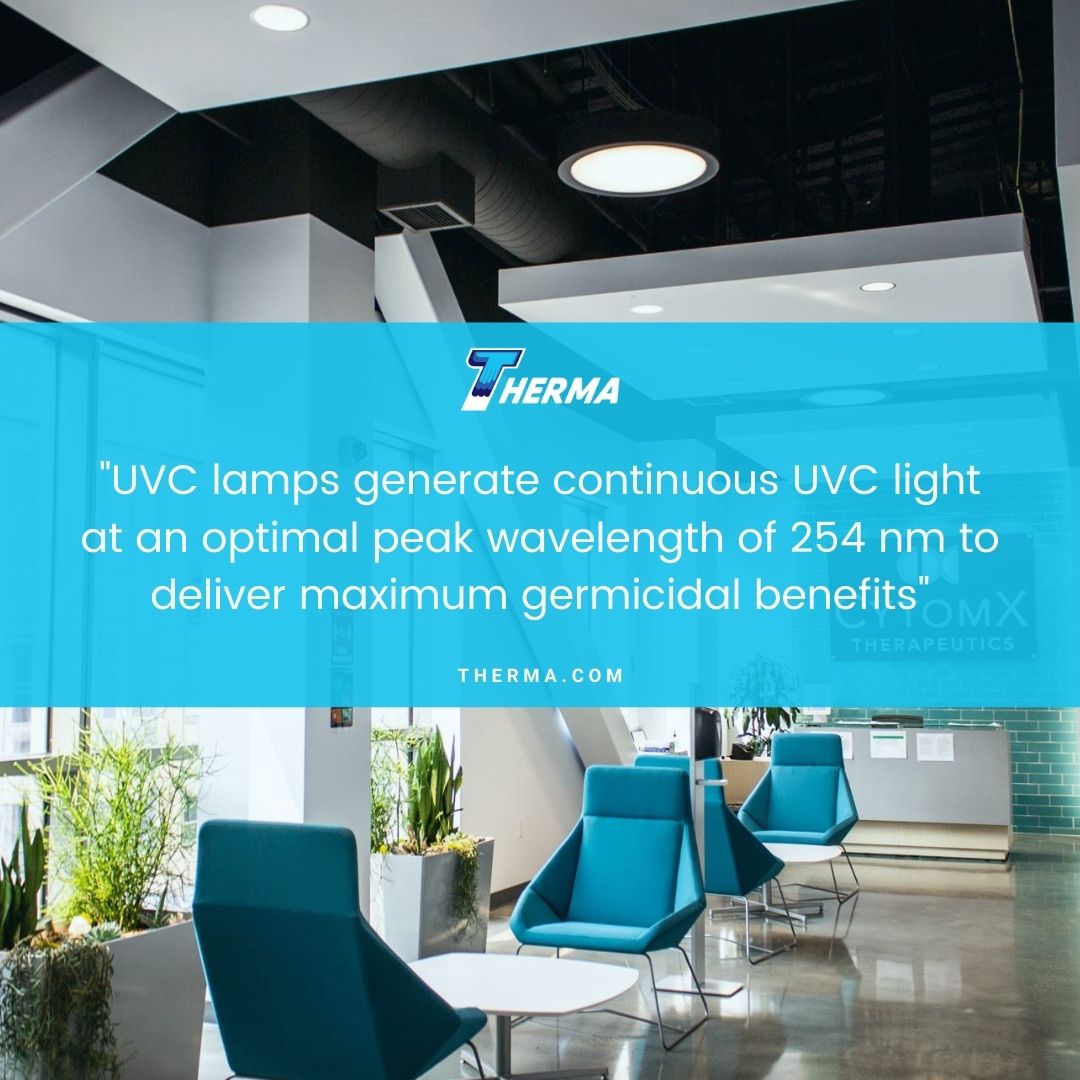The global outbreak of the novel coronavirus in late 2019 exposed the broader population to the concepts of disease transmission, respiratory droplets, and infection control. Building design discussions shifted dramatically towards ways to implement infection control.
Healthcare facilities led the charge, but the need for strict indoor air quality (IAQ) has never been more distinctly at the front of the general public’s mind. To that end, medical experts, architects, building contractors, and property owners and managers are now thinking about building design in a whole new light, with infection control as the primary goal.
WELL Certification
The International WELL Building Institute™ (IWBI™) is already a leader in this space, with certifications available for buildings designed for the wellbeing of those who inhabit or visit them.
WELL certification can be applied for through compliance with the WELL Building Standard. Credentialing is administered via a collaboration between Green Business Certification, Inc., and IWBI.
HVAC and Infection Control
HVAC systems have the most impact on IAQ, pressurization and airflow and humidification. They are the main point of air filtration and direct exhaust for recirculation or expulsion from the building, as indicated. Air should always travel from the “cleanest” room down the chain.
HEPA filters can be placed within the HVAC system or in a strategically positioned filtration station, depending on the level of filtration needed and pressurization requirements. Buildings with variable airflow (VAV) may not permit direct HVAC HEPA placement.
By identifying the “cleanest” areas in a building, planning airflow and exhaust around anticipated foot traffic, and anticipating potential crowding in bottlenecks, infection control measures can be tailored to the individual building.
Ductwork Sanitization and UVC Lamps
A variety of methods can achieve ductwork sanitization protocols, but the most common is through UVC systems. UVC lamps generate continuous UVC light at an optimal peak wavelength of 254 nm to deliver maximum germicidal benefits.
These UVC lights emit shortwave radiation and must be installed where they can’t expose people in a room or area. The preferred placement is inside the ductwork to serve the dual purpose of duct sanitization and the airstream’s disinfection. Placing UVC lamps in the HVAC unit or ducting can also provide coil irradiation, sanitizing particles trapped in dust or condensation.
If it’s impossible to place UVC lamps in the ductwork, lamps can be positioned for upper air/room disinfection and configured to turn on only when rooms are unoccupied. These may be keyed to locks or fitted with motion sensors, or both.
Bipolar Ionization
Bipolar ionization works by removing particles from the air. It serves as an assist or a backup if a room’s air supply turnover is sluggish, or if an area routinely experiences a high density of personnel or the general public.
Active particle control devices, also known as electronic air filtration devices, generate ions that electrically charge any particles suspended in the air. The device houses oppositely charged collecting plates, which can then attract the charged particles.
Humidification
Air that has been dried out provides a perfect vehicle for bacteria growth and replication of viruses. Humidification can help to improve infection control by eliminating the cool, dry conditions that encourage replication.
Antimicrobial Building Materials
Materials and coatings that are antimicrobial can allow buildings to be constructed with wellness and infection control measures built-in. Walls, floors, doors, and more can be treated with antimicrobial coatings. Venting and ductwork can be constructed with antimicrobial materials and sealed with additional coats of alloy.
Alloys that include metals and minerals such as copper, silver, titanium dioxide, and zinc omadine and zinc oxide can help create an unwelcoming environment for infectious substances. These are moving out of healthcare facility use and becoming more common in WELL building designs.

Automation
Automation and voice activation can be leveraged for infection control, delivering surface protection that works in tandem with HVAC measures to increase safety. Creating touchless experiences in common areas can help prevent the spread of infection.
These measures can include automated doors, fob-activated identification, voice-activated faucets, toilets, and more. By reducing surface touching, you can reduce the potential for infection and the spread of microbes significantly.
Whether you’re considering any of these ideas for a new project or looking to retrofit older buildings Therma can help you maximize your building design for tighter infection control.








